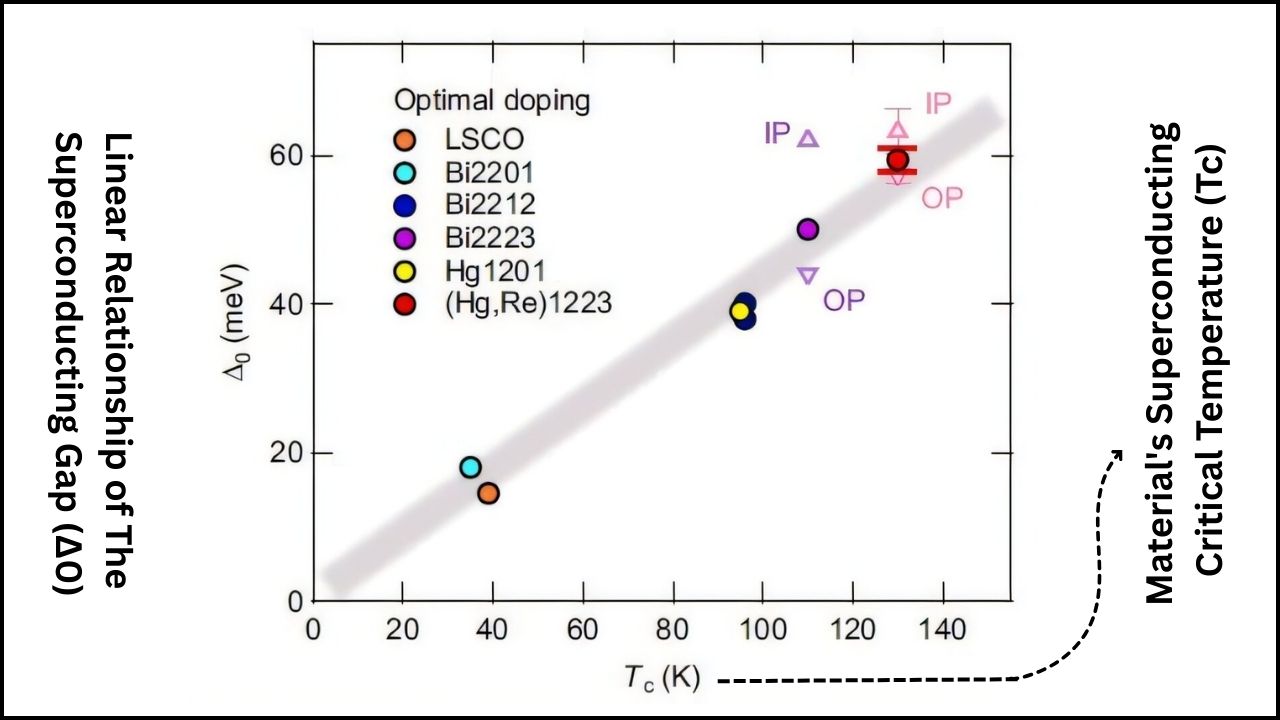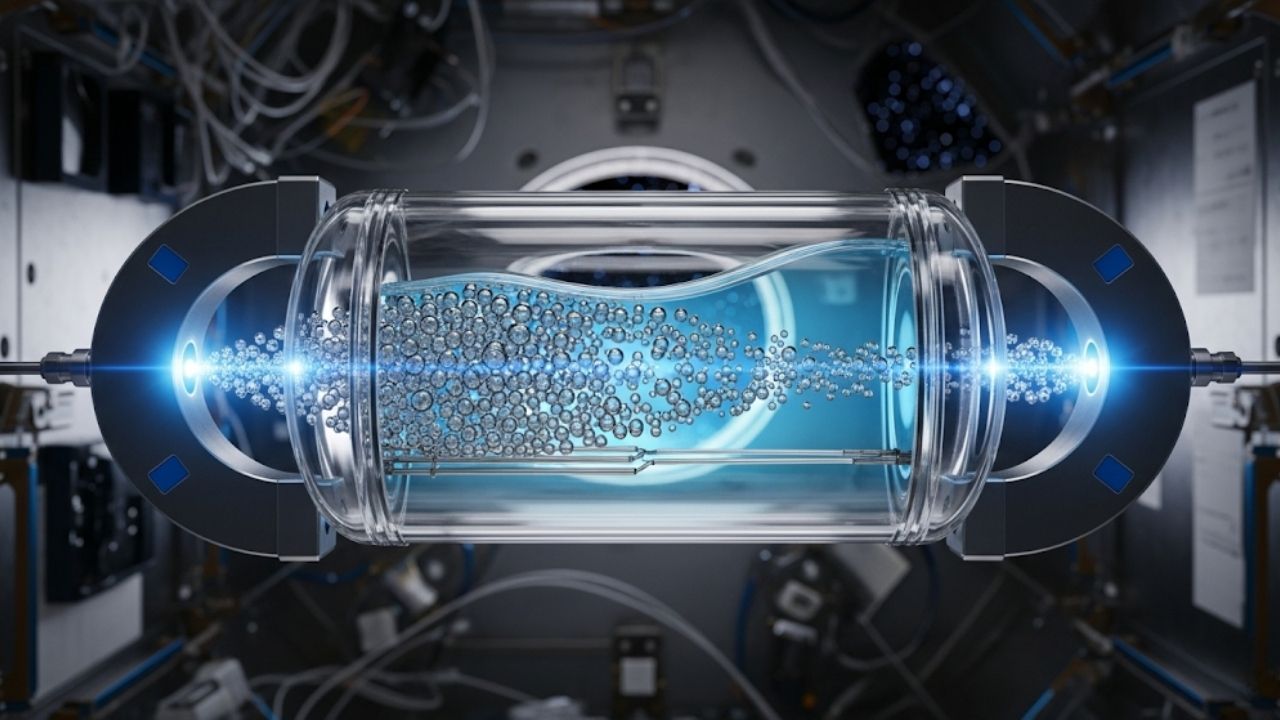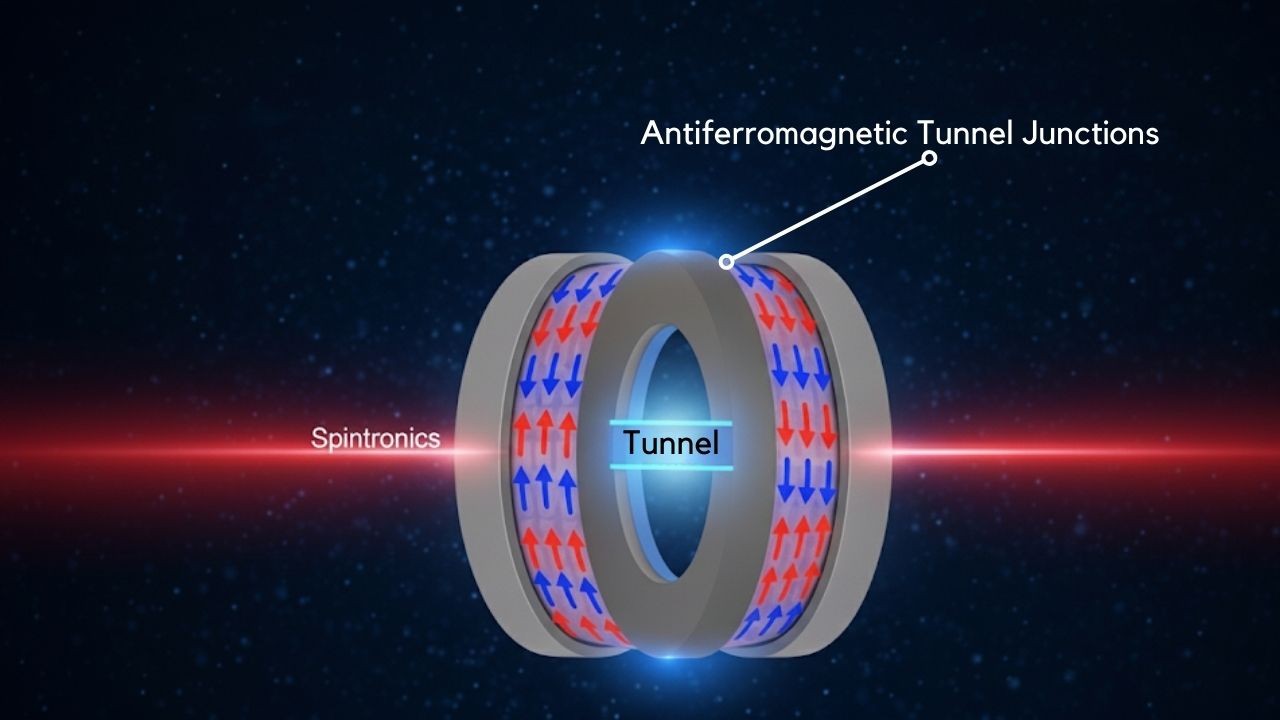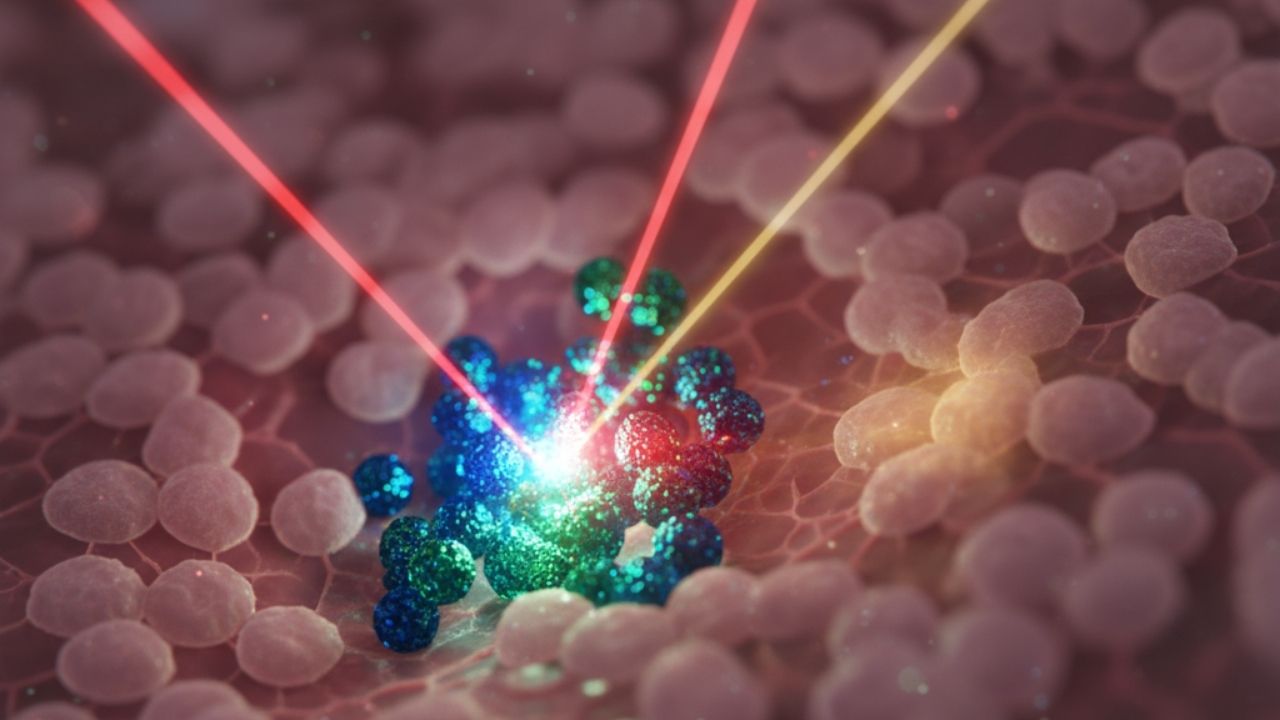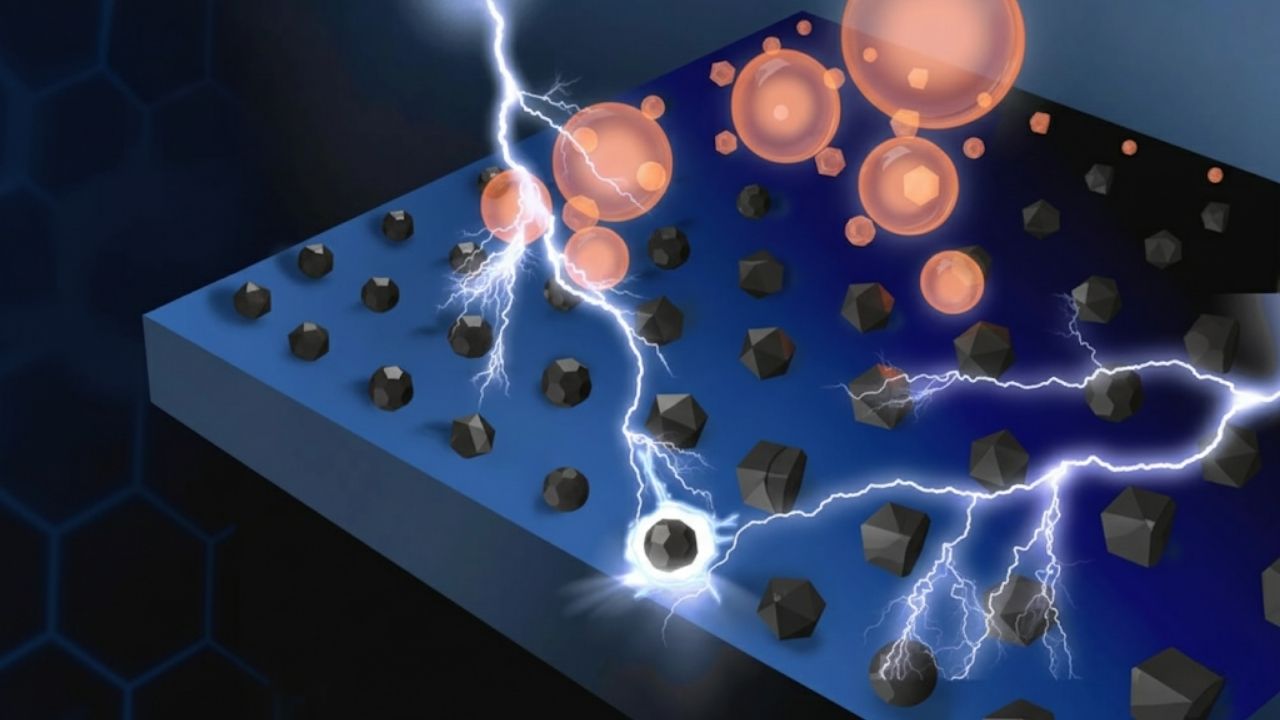Scientists Use Magnetic Chains and Superconductors to Create a New Quantum Material: The world of physics is buzzing with excitement as scientists announce a remarkable breakthrough: the creation of a new quantum material by combining magnetic chains with superconductors. This achievement, while rooted in complex science, could soon impact everything from how we build computers to the way we diagnose diseases.
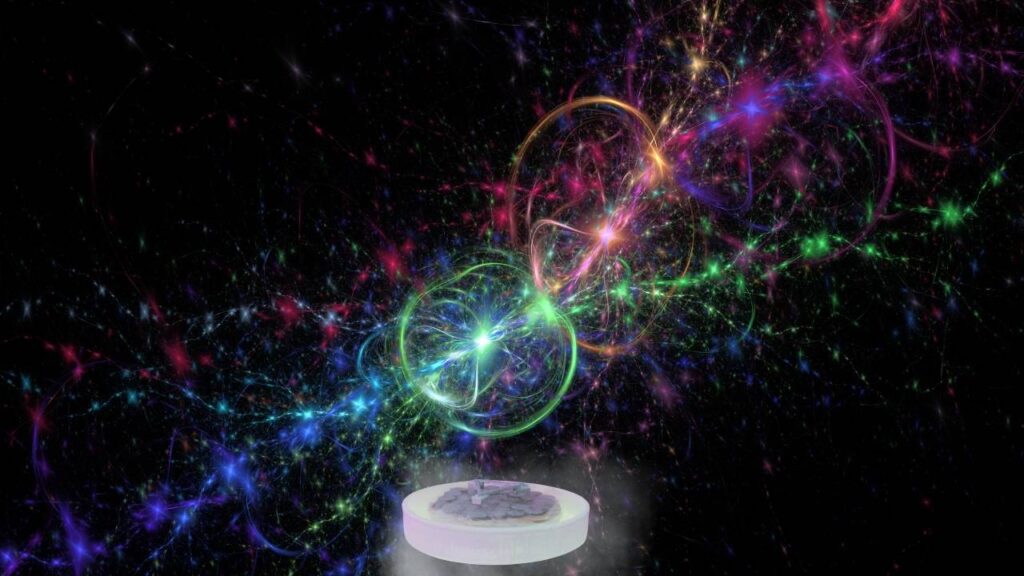
In this article, we’ll break down the science behind this discovery in simple, clear language, provide real-world examples, and offer practical advice for students and professionals. Whether you’re 10 or 100, you’ll find something fascinating here.
Scientists Use Magnetic Chains and Superconductors to Create a New Quantum Material
| Feature | Details |
|---|---|
| Breakthrough | Creation of quantum materials by combining magnetic chains with superconductors |
| Potential Impact | Enables topological quantum computing and robust quantum devices |
| Key Data | Sub-monolayer CrTe₂/NbSe₂ heterostructure with 0.35–0.39 nm lattice constant; confirmed Yu-Shiba-Rusinov states |
| Professional Relevance | Advances in quantum materials, nanotechnology, and computing |
| Official Resource | U.S. Department of Energy – Superconductivity |
The creation of new quantum materials by combining magnetic chains and superconductors is a landmark achievement in modern science. This discovery not only deepens our understanding of quantum physics but also opens the door to revolutionary technologies in computing, medicine, energy, and beyond. As research continues, the impact of these materials will only grow, making this an exciting time for students, professionals, and anyone interested in the future of technology.
Understanding the Building Blocks: Superconductors and Magnetic Chains
What Is a Superconductor?
A superconductor is a material that, when cooled below a certain temperature (called the critical temperature), can conduct electricity with absolutely no resistance. This means that electric current can flow through it forever without losing any energy as heat. Superconductors are already used in MRI machines, maglev trains, and scientific research equipment.

- Discovery: The first superconductor was discovered by Heike Kamerlingh Onnes in 1911.
- Critical Temperatures: Some superconductors operate just a few degrees above absolute zero (−273.15°C), while others, known as high-temperature superconductors, work at higher temperatures (such as −196°C, the temperature of liquid nitrogen).
- Types: There are two main types: conventional (low-temperature) and unconventional (high-temperature) superconductors.
What Are Magnetic Chains?
Magnetic chains are lines of atoms or molecules, each acting like a tiny bar magnet. When these chains are arranged on certain surfaces, especially superconductors, they can interact with the electrons in the material in unique and powerful ways.
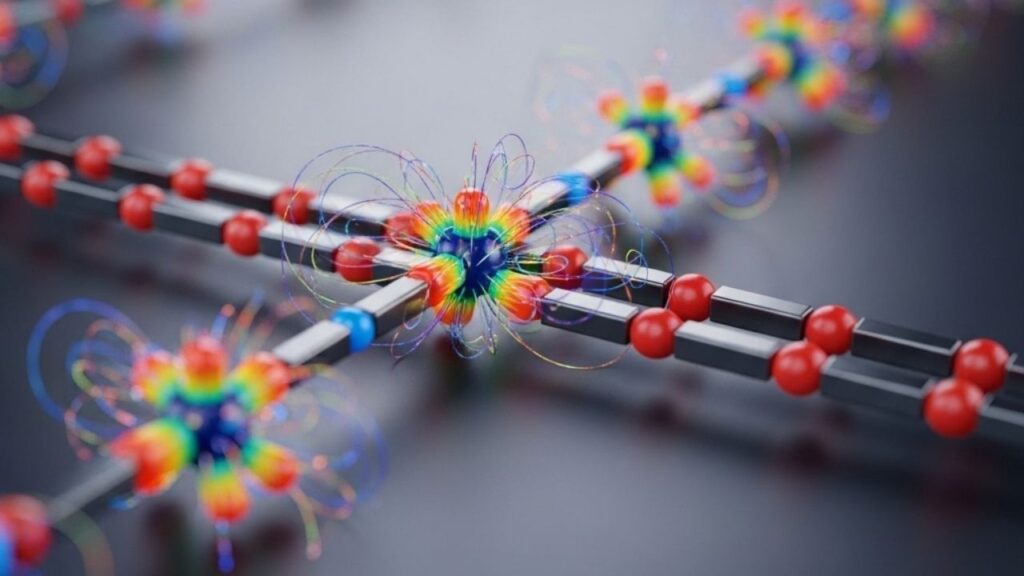
- Atomic Arrangement: Imagine a row of tiny magnets, each influencing its neighbor. This structure can be engineered at the atomic scale using advanced techniques.
- Magnetic Moments: Each atom in the chain has a magnetic moment, which can interact with the superconductor’s electrons, leading to new quantum effects.
Why Combine Magnetic Chains and Superconductors?
The Quantum Computing Revolution
Quantum computers are machines that use the strange rules of quantum mechanics to process information in ways that classical computers simply can’t. The basic unit of a quantum computer is the qubit, which, unlike a regular bit, can be both 0 and 1 at the same time. This property, called superposition, allows quantum computers to solve certain problems much faster than traditional computers.
However, qubits are extremely delicate. They can lose their quantum state due to tiny disturbances from their environment, a problem known as decoherence. Scientists are searching for ways to make qubits more stable and reliable.
Enter Topological Quantum Computing
One of the most promising ideas is topological quantum computing. This approach uses special quantum states, called Majorana modes, which are much less sensitive to noise and errors. These states can be created when magnetic chains are placed on superconductors, thanks to the unique way their electrons interact.
- Majorana Modes: Named after Italian physicist Ettore Majorana, these are exotic quantum states that can act as stable, error-resistant qubits.
- Topological Protection: The “topological” part means the quantum information is stored in a way that is protected from most types of interference.
The Breakthrough: How Scientists Created a New Quantum Material
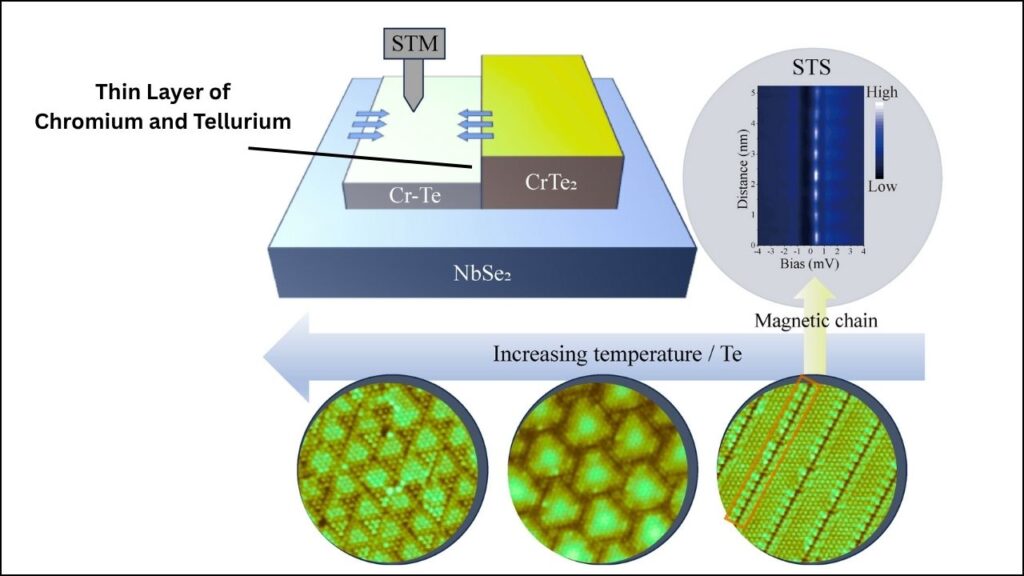
The Experiment in Detail
Researchers used a sophisticated process to combine a very thin layer of chromium and tellurium (forming CrTe₂) with a superconducting material called niobium diselenide (NbSe₂). This created a heterostructure—a material made by stacking different substances in a precise order at the atomic level.
Step-by-Step Process
- Atomic Deposition: Chromium and tellurium atoms are carefully deposited onto the surface of NbSe₂ using a process called molecular beam epitaxy. This technique allows for atomic-level control over the material’s structure.
- Two-Stage Growth: Initially, a compressed Cr-Te layer forms. Upon further deposition and annealing (gentle heating), an atomically flat CrTe₂ monolayer grows, forming stripe-like patterns.
- Formation of Magnetic Chains: The edges of these stripes host chains of magnetic atoms—these are the magnetic chains that interact with the superconductor beneath.
- Probing the Quantum States: Using scanning tunneling microscopy and spectroscopy, scientists observed special quantum states (Yu-Shiba-Rusinov states) at the edges of the chains. These are strong evidence that the magnetic atoms are interacting with the superconductor in a way that could produce Majorana modes.
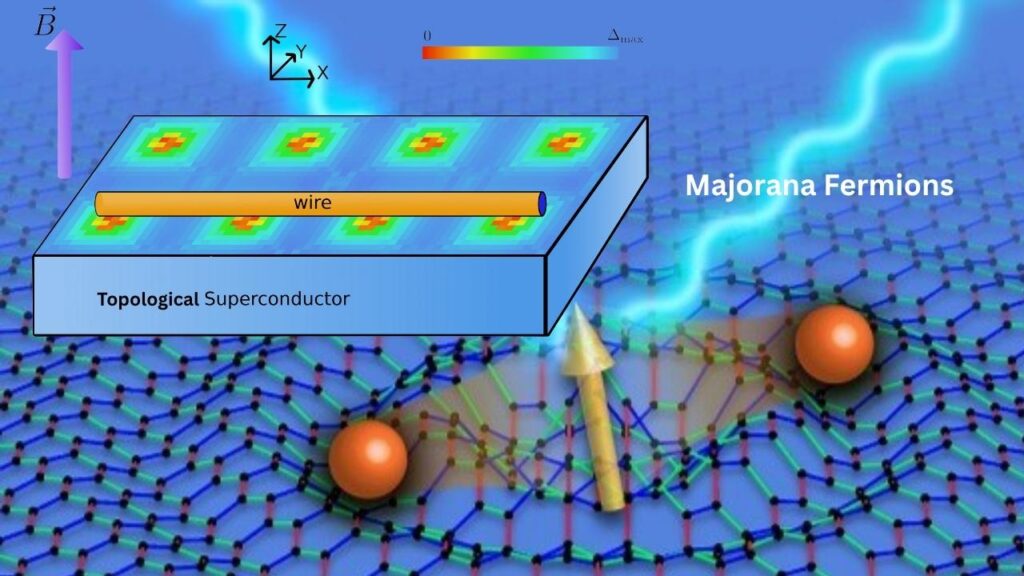
Why Is This Important?
- Atomic Precision: This method allows scientists to control the placement and structure of atoms with incredible precision, which is crucial for building reliable quantum devices.
- New Quantum States: The interface between magnetic chains and superconductors creates quantum states that do not exist in either material alone.
- Potential for Scaling: The techniques used here can be adapted to create larger and more complex quantum materials, paving the way for practical quantum computers and sensors.
Real-World Applications and Implications
Medical Imaging
Superconductors are already used in MRI machines, providing detailed images of the body without harmful radiation. As quantum materials become more advanced, we could see even more powerful imaging technologies, capable of detecting diseases earlier and with greater accuracy.
Quantum Sensors
Magnetic chains on superconductors can serve as ultra-sensitive detectors for magnetic fields, temperature changes, and even gravitational waves. These sensors could be used in medicine, geology, environmental monitoring, and national security.
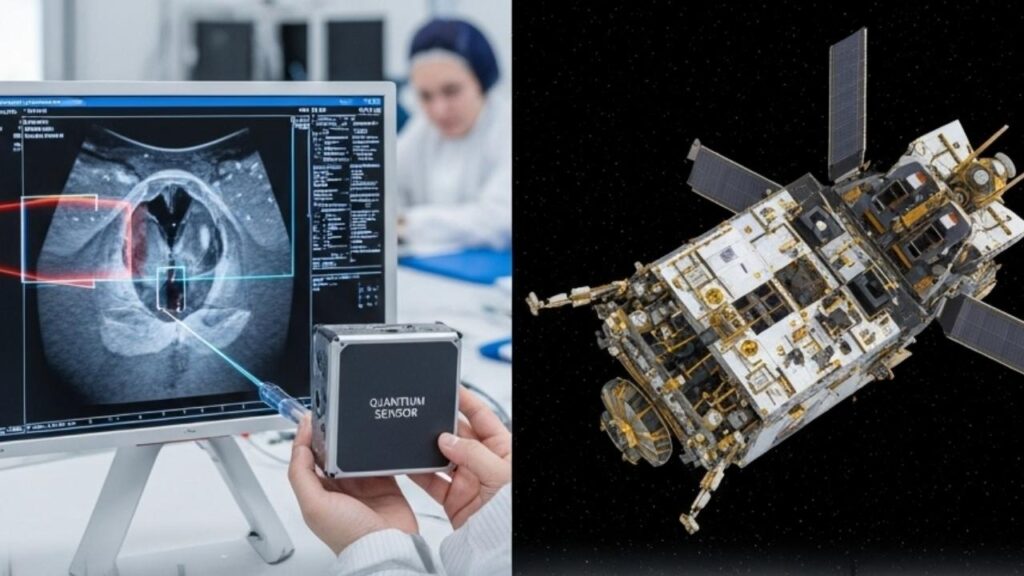
Quantum Computing
The ultimate goal is to build fault-tolerant quantum computers. These machines could revolutionize fields like cryptography (making data more secure), drug discovery (by simulating molecules that classical computers can’t handle), and climate modeling (by processing vast amounts of environmental data).
Energy Transmission
Superconductors can transmit electricity without energy loss. If quantum materials can be made practical at higher temperatures, they could transform our power grids, making energy transmission vastly more efficient and reducing waste.
How This Impacts Education and Careers
For Students
- Study Physics, Chemistry, and Math: These subjects are the foundation for understanding quantum materials.
- Get Lab Experience: Look for internships or research opportunities in university labs that study nanotechnology, materials science, or quantum physics.
- Stay Curious: The field is evolving rapidly, and new discoveries are happening all the time.
For Professionals
- Interdisciplinary Collaboration: The most exciting advances often happen at the intersection of physics, engineering, and computer science.
- Continuous Learning: Attend conferences, read scientific journals, and participate in workshops to stay at the cutting edge.
- Innovation Opportunities: Companies working in computing, energy, and healthcare are actively seeking experts in quantum materials.
Shape-Shifting Electronic Ink: The Future of Flexible Devices
FAQs About Scientists Use Magnetic Chains and Superconductors to Create a New Quantum Material
What is a superconductor?
A superconductor is a material that conducts electricity with zero resistance when cooled below a certain temperature. This makes them extremely efficient for carrying electric current.
What are magnetic chains?
Magnetic chains are rows of atoms or molecules that act like tiny magnets. When placed on a superconductor, they can interact in unique ways to create new quantum states.
What is topological quantum computing?
Topological quantum computing is a type of quantum computing that uses special quantum states (Majorana modes) that are highly stable and less likely to be disturbed by noise, making quantum computers more reliable.
How do these new quantum materials work?
By combining magnetic chains with superconductors, scientists can create new quantum states at the atomic level. These states are promising for building robust quantum computers and sensors.
The Road Ahead: Challenges and Future Directions
Technical Challenges
- Temperature Requirements: Most superconductors require extremely low temperatures, which is expensive and impractical for everyday use. Research is ongoing to find materials that work at higher temperatures.
- Material Stability: Creating and maintaining the delicate structures needed for quantum materials is a significant engineering challenge.
- Scalability: While experiments have succeeded at the atomic scale, scaling up to build practical devices remains a major hurdle.
Future Prospects
- Room-Temperature Superconductors: Scientists are searching for materials that can be superconducting at room temperature. This would revolutionize countless industries.
- Quantum Networks: Combining quantum computers and sensors could create ultra-secure communication networks.
- New Discoveries: The field of quantum materials is still young. As techniques improve, we may discover entirely new states of matter with unexpected properties.

